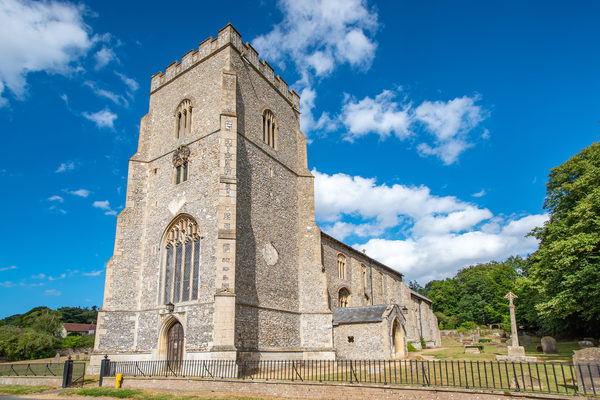1
Attraction 1:
Church of All Saints, Tilney All Saints
King's Lynn
Beautiful Grade I Listed ‘Marshland Gem’ with double hammer-beam roof with Angels and impressive Norman arcade in nave. Jacobean chancel screen and 15C choir stalls. Peaceful atmosphere.
View Venue
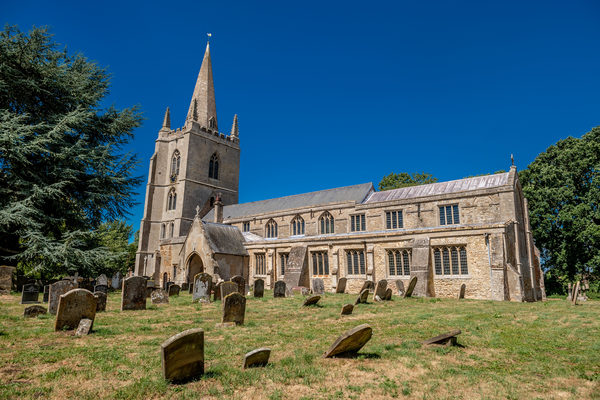
2
Attraction 2:
Church of All Saints, Walsoken
Wisbech
Described by Pevsner as ‘the grandest Norman Parish Church in Norfolk.’ Has Norman nave arcade, seven sacrament font, C15 wall painting and angel roof and medieval carved poppy head pew ends.
View Venue
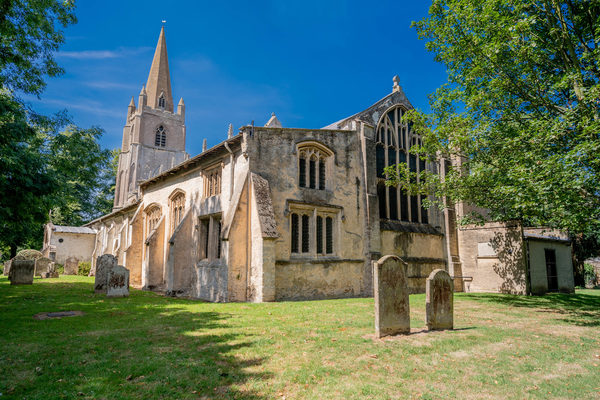
3
Attraction 3:
Church of St Clements, Outwell
Wisbech
A largely 14th century church containing a 13th century tower and nave west wall. The church underwent a thorough remodeling in the 15th and 16th century. Also included under this listing is an 18th century table tomb.
View Venue

4
Attraction 4:
Church of St Edmund's, Downham Market
Downham Market
St Edmund’s is located on a beautiful site, overlooking the town to the fens beyond.
Although the building underwent an extensive 19th- century restoration, a number of earlier features survive, including a 15th-century font, a lady chapel dating from c.1500 and an eight branch glass chandelier made c.1730.
View Venue

5
Attraction 5:
Church of St Martin, Fincham
King's Lynn
This church was extensively rebuilt about 1450 with all the grandeur of the Perpendicular period. It is on the exact site of the earlier St. Martin’s Church and partly on the original walls. The famous Norman font here came from a second church in this village, called St. Michael’s Church, which was pulled down in 1744.
View Venue
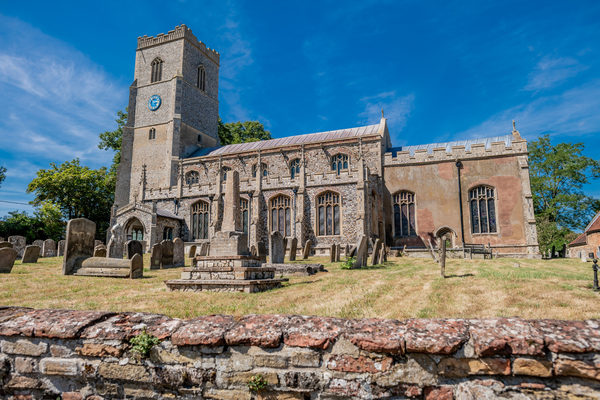
6
Attraction 6:
Church of St Mary Magdalen, Wiggenhall St Mary Magdalen
King's Lynn
The church has a weeping cancel also rare collection of medieval stained glass. There are four paintings from original Rood Screen.
View Venue
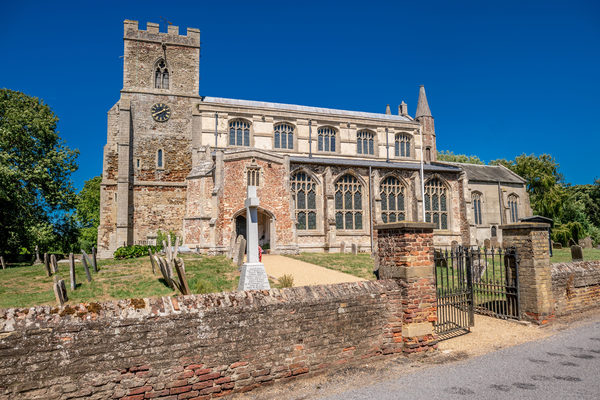
7
Attraction 7:
Church of St Mary, South Creake
Fakenham
In the Anglo-Catholic tradition of the Church of England it dates mainly from the 15th century, although the Chancel is of 13th century construction. The nave roof is single hammer beam with painted angels supporting arched braces.
View Venue
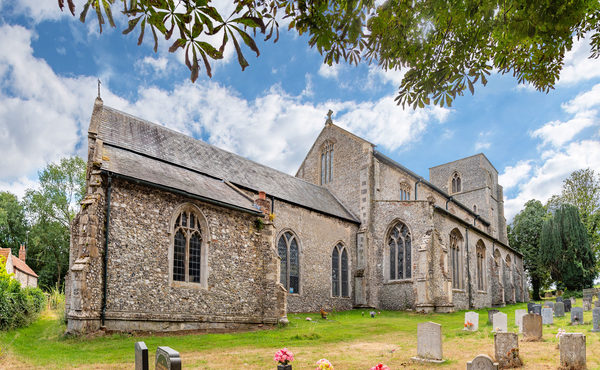
8
Attraction 8:
Church of St Mary the Virgin, West Walton
Wisbech
Unusually for English Parish churches, the campanile at West Walton stands 64ft to the south of the church. It was built in its entirety in about 1250, after completion of the main body of the church and is one of the most elegant and accomplished early Gothic structures in England. The tower has recently been restored by The Churches Conservation Trust. It contains the original 13th century bell-frame and five bells that are no longer rung because of the decayed state of the timber that supports them.
View Venue
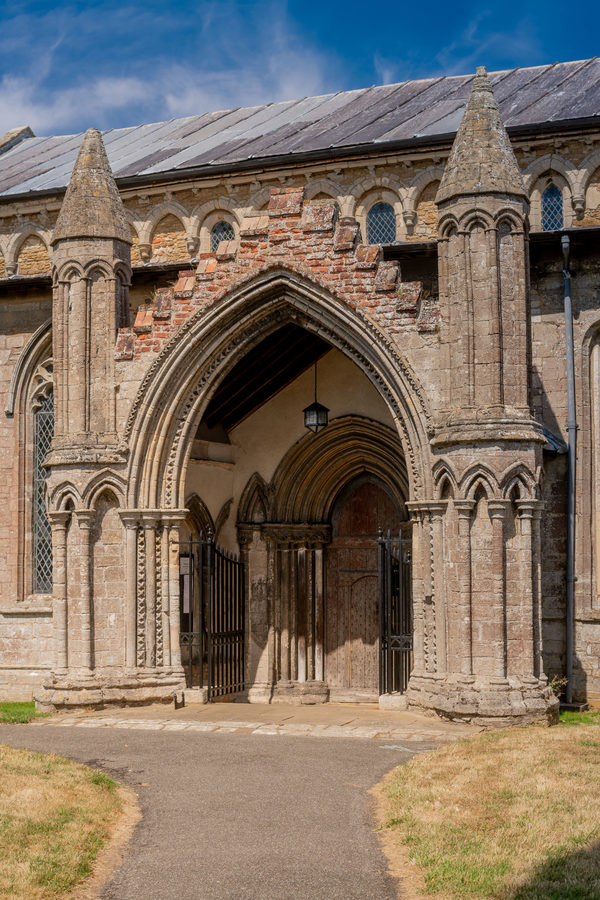
9
Attraction 9:
Church of St Peter's, Hockwold
Thetford
Tall St Peter's is a Medieval delight. It is built of flint with some old rendering still there, giving it an unspoiled look. The splendid nave roof which is full of carved wooden angels dates from the fifteenth century, and there are big Decorated and Perpendicular windows that bring light streaming into the church.
View Venue

10
Attraction 10:
Church of St Peters, Upwell
Wisbech
The significant architectural features of the church building include the 13th century carved wooden angels, the 15th century stone font and the stained glass window installed in 1912. The church also has what is believed to be the largest coat of arms in Norfolk and a working set of bells in the tower, which are still played regularly.
View Venue

11
Attraction 11:
The Church of St. Lawrence, Harpley
King's Lynn
The attractive country church of St Lawrence stands on a leafy hillside, away from the main road through Harpley village. The church dates to the 13th century and was built by Sir Robert Knowles (or Knollys). Knowles was a Knight of the Garter and a successful military leader in the wars with France under Edward III and Richard II.
View Venue
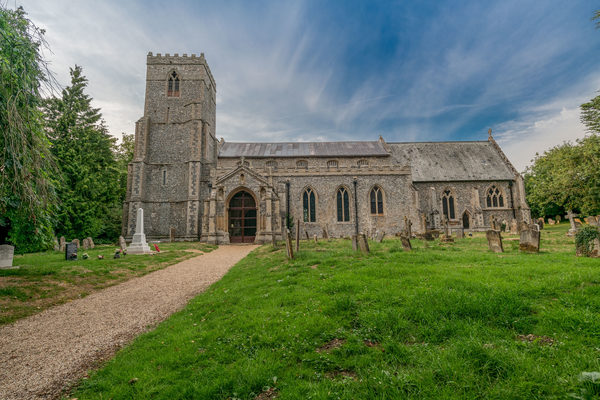
12
Attraction 12:
The Church of St Mary the Virgin, North Creake
Fakenham
St Mary's church is a large medieval building. The church dates to the 14th century, a time when Norfolk 's economy was booming thanks to the wool trade, and the wealthy merchants poured money into their local parish churches.
View Venue
